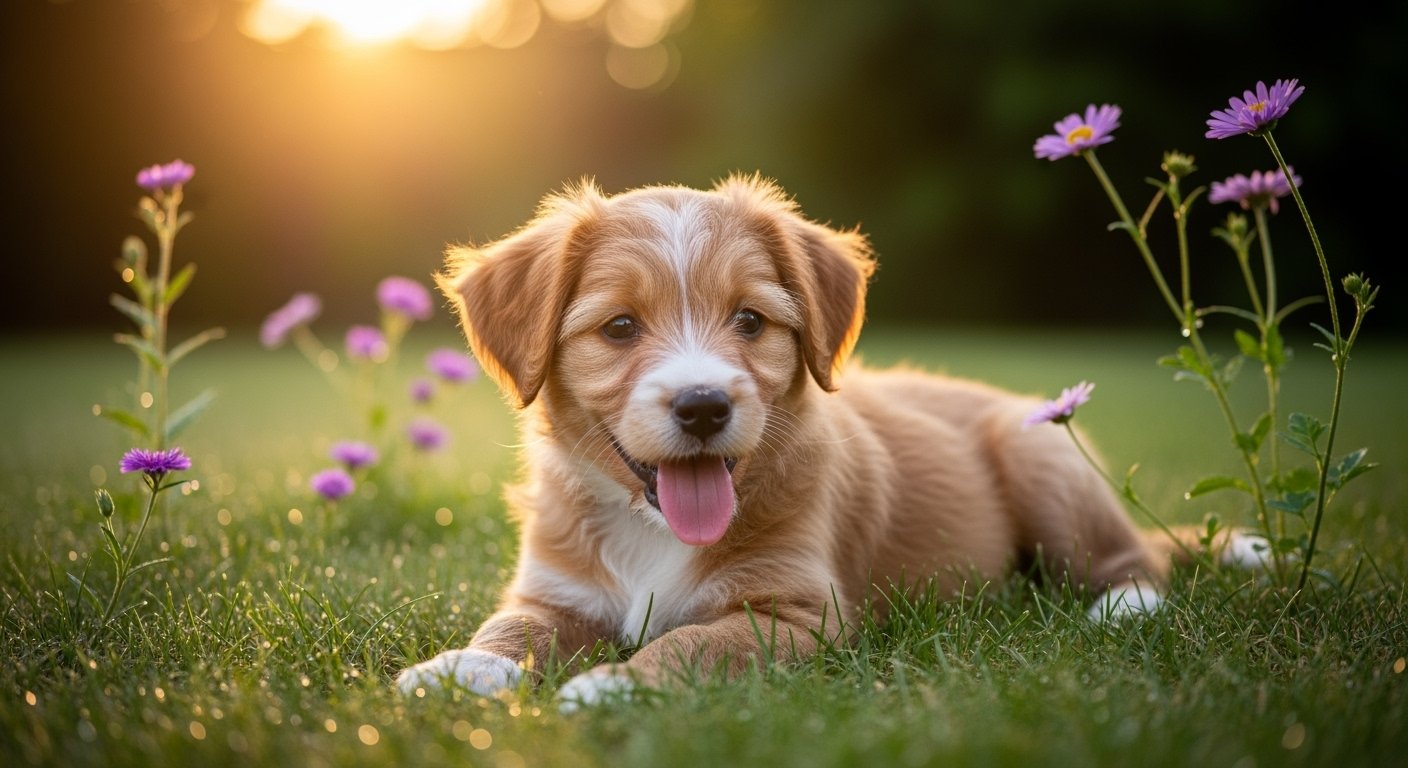Understanding Puppy Growth and Development
Puppyhood is marked by rapid growth and development, both physically and mentally. Puppies undergo several growth stages, each demanding particular attention to their unique needs. During the first six months, puppies experience accelerated physical development, with bones and muscles maturing at a fast pace. Mental development is equally crucial, as puppies learn social cues and parent-like skills from their environment and interactions.
These growth stages significantly impact their exercise requirements. Young puppies, for instance, are only just beginning to explore their physical abilities. Therefore, their exercise should be limited to short bursts of play rather than prolonged activities. As they age, the intensity and duration of exercise can gradually increase to match their growing stamina and muscle strength.
Safe Exercise Guidelines for Puppies
Puppy exercise guidelines mainly depend on age, size, and breed. Experts recommend following the “five-minute rule,” where puppies receive five minutes of exercise per month of age, up to twice a day. This formula is a general guideline, and owners should adjust based on the puppy’s specific needs. 🐾
It’s essential to tailor exercise routines to reflect the particular energy levels and health requirements of individual puppies. For example, a high-energy breed, like a Border Collie, will need more vigorous exercise compared to a toy breed like a Chihuahua, which may tire more quickly. Consulting a veterinarian can provide more precise exercise recommendations.
Recognizing Signs of Over-Exercising
Detecting over-exercise in puppies can prevent long-term health issues. Common signs include excessive panting, limping, or refusal to continue playing. Behavioral changes, such as irritability or anxiety, might also indicate that a puppy is overworked.
Long-term consequences of excessive exercise can be severe. It can lead to joint issues, such as hip dysplasia, or exacerbate hereditary conditions in some breeds. Noting these symptoms early and adjusting exercise routines accordingly can safeguard a puppy’s health and well-being.
Types of Safe Exercises for Puppies
Choosing low-impact activities ensures the safety of your growing puppy while keeping them fit and healthy. Activities like gentle fetch games, short walks, or interactive play indoors are excellent ways to engage without overtaxing their bodies.
Balanced exercise routines should blend mental and physical stimuli. Incorporating activities like basic obedience training and problem-solving games can enhance mental acuity while also offering physical benefits. Providing a diverse range of exercises keeps your puppy interested and motivated to learn.
Balancing Exercise with Rest and Recovery
Rest and recovery are as important as exercise for a puppy’s growth. Adequate rest enables muscle repair and mental rejuvenation after active playtime. Puppies, like children, need more sleep than adult dogs, often clocking between 18 to 20 hours of rest a day. 😴
Recognizing when a puppy requires more rest is vital. If they seem lethargic during play, prefer to nap more frequently, or show reduced interest in activities, these can indicate the need for additional downtime. Adapting the schedule to fit these needs will support healthier development.
Common Mistakes Owners Make
Overestimating a puppy’s endurance is a frequent mistake among pet owners. Puppies are naturally energetic, but their stamina doesn’t always match their enthusiasm. Prolonged periods of play may seem harmless but can lead to exhaustion and even injury.
Another common oversight is neglecting subtle signs of fatigue. Puppies may not vocalize their tiredness effectively. Hence, paying attention to body language cues like slowing down or dragging limbs is essential. Proactively managing exercise with the puppy’s health in mind can prevent these pitfalls.
Consulting with a Veterinarian
Regular veterinary check-ups are fundamental in maintaining a puppy’s health. By consulting with a vet, owners can receive personalized exercise plans tailored to their puppy’s growth and health status. Vets can also provide insights into any breed-specific concerns requiring additional attention.
Professional advice can help balance a puppy’s activities and rest, ensuring they grow into healthy adult dogs. Quoting Dr. Sophia Yin, renowned veterinarian and animal behaviorist, “A puppy’s exercise regimen should be as individual as they are, catering to both their mental and physical health.”
Conclusion
Striking the right balance between exercise, rest, and playful interaction is crucial for raising a happy and healthy puppy. Owners must stay attuned to their pet’s individual needs, factoring in age, breed, and energy level, to avoid over-exercising. Prioritizing your puppy’s health will ensure they enjoy their formative years and develop properly.
FAQs
How do I know if my puppy is getting the right amount of exercise?
Observe their behavior and energy levels. A normally active puppy that is calm and relaxed post-exercise is likely getting the right amount.
What should I do if I’ve over-exercised my puppy?
Allow your puppy to recover with plenty of rest. Monitor their condition and consult a veterinarian if symptoms persist.
Are there breed-specific exercise considerations?
Yes, some breeds have distinct exercise requirements. Consult your veterinarian to understand the specific needs of your breed.
Additional Resources
For more information on puppy health and exercise, visit the American Kennel Club’s official website at AKC.org. 🐶
Consider safe exercise accessories like the Chuckit! Ball Launcher or KONG Puppy Toy to enhance your puppy’s playtime. These toys are designed to be gentle on growing jaws and bones.# FAQs About Safe Exercise for Growing Puppies
How often should I exercise my puppy each day?
Puppies require consistent exercise to develop their muscles and maintain a healthy weight. Ideally, they should engage in play and exercise activities twice daily, using the “five-minute rule” per month of age as a guideline. Remember, the frequency and type of exercise should be adjusted based on your puppy’s breed, age, and energy levels.
Can over-exercising affect my puppy’s mental health?
Yes, over-exercising can lead to anxiety and stress in puppies, disrupting their mental balance. A puppy that is constantly tired or irritable might be experiencing mental fatigue due to over-exercise. Balanced routines are essential to encourage mental development alongside physical growth, ensuring your puppy remains lively and well-adjusted.
What is the role of diet in a puppy’s exercise routine?
Diet plays a vital role in supporting a puppy’s activity levels and overall health. A well-balanced diet ensures they have enough energy to engage in play and recover afterward. Puppies on a deficient diet may become lethargic or over-dependent on rest, which can stall their growth and development, while those on a nutritious regimen can sustain energy throughout their daily activities.
Can weather conditions affect puppy exercise routines?
Yes, weather conditions can significantly impact how and when you exercise your puppy. Extreme heat or cold can be dangerous and may necessitate indoor activities to ensure safety. Always monitor your puppy for signs of discomfort during weather changes and adjust your exercise plan to accommodate their comfort and protection from the elements.
Are there signs that suggest a puppy needs more exercise?
Puppies that are bored or restless might need an increase in mental and physical activity. Signs such as destructive chewing, excessive barking, or constant demands for attention could indicate insufficient exercise. Evaluating and increasing the intensity or variety of activities can help address these issues, promoting better behavior and overall happiness.








